DECAF | Colombia | Sugarcane
DECAF | Colombia | Sugarcane
Couldn't load pickup availability
Decaf can be an overlooked product in the coffee world, however, at High Grade we treat it with same respect, time and care that we would any of our offerings. It is as much a specialty coffee as anything else we serve.
As important for pageantry, ritual and taste as its caffeinated counterpart, we aim to expose as many of the sweet and pleasing flavours as we can, to really make this a delicious and memorable cup.
Micro batch roasted to order, on London’s Brick Lane, using the world’s lowest carbon emitting roaster.
ORIGIN: Colombia
REGION: Huila & Tolima
PRODUCER: Smallholder Collective
VARIETAL: Caturro, Castillo, Colombia
PROCESS: Washed Sugarcane (Ethyl Acetate)
ELEVATION: 1500-2300 masl
Share
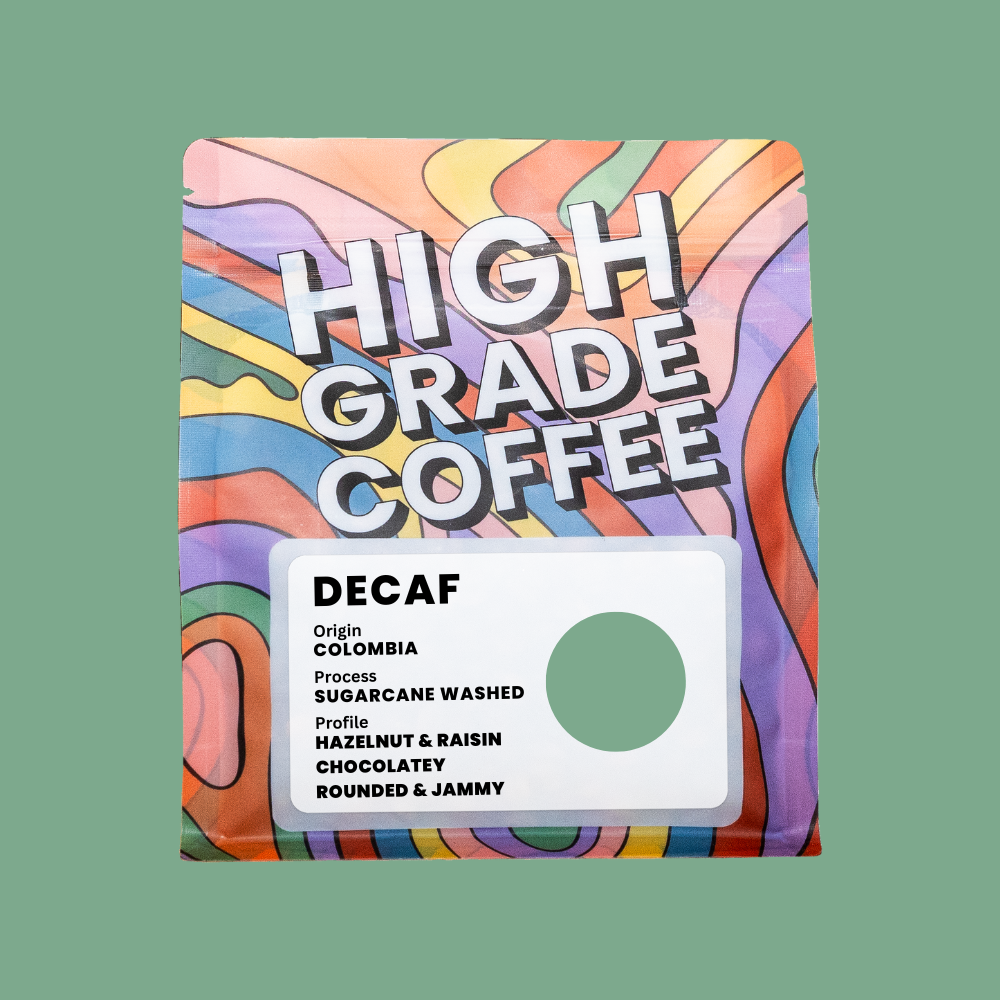
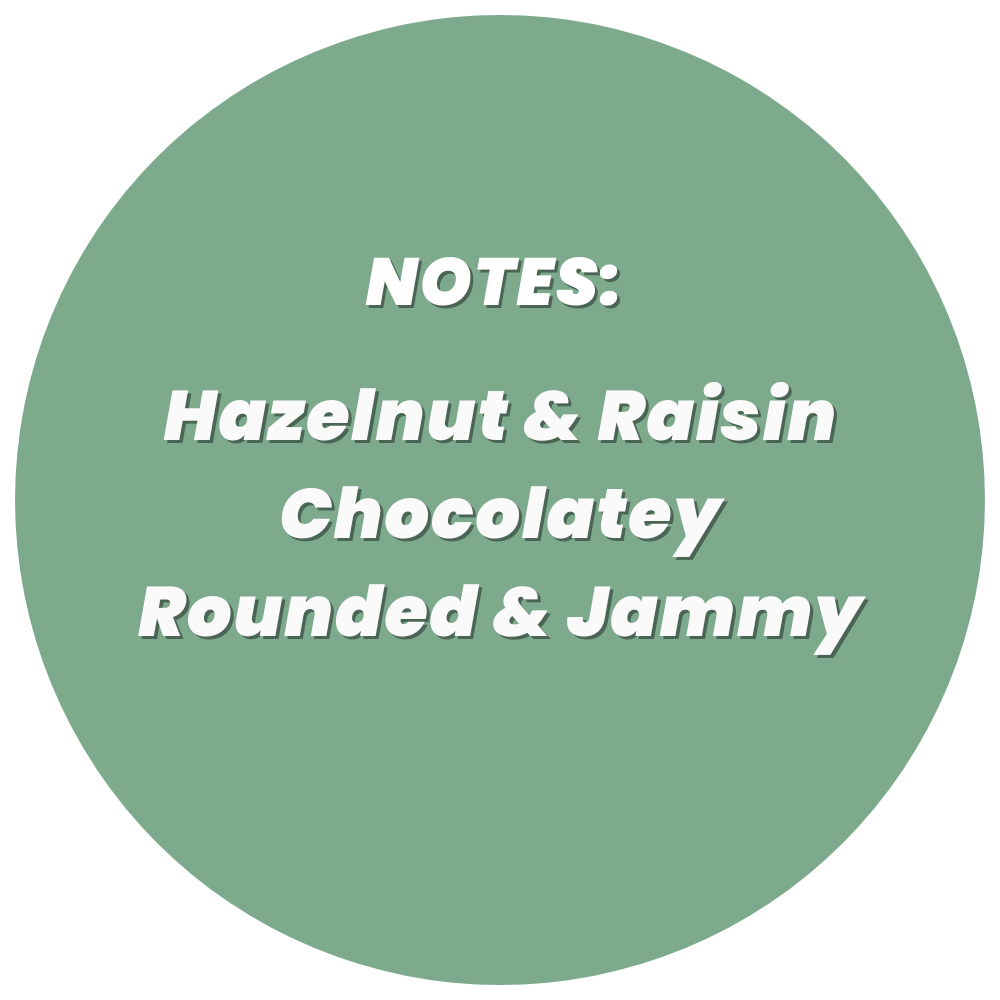
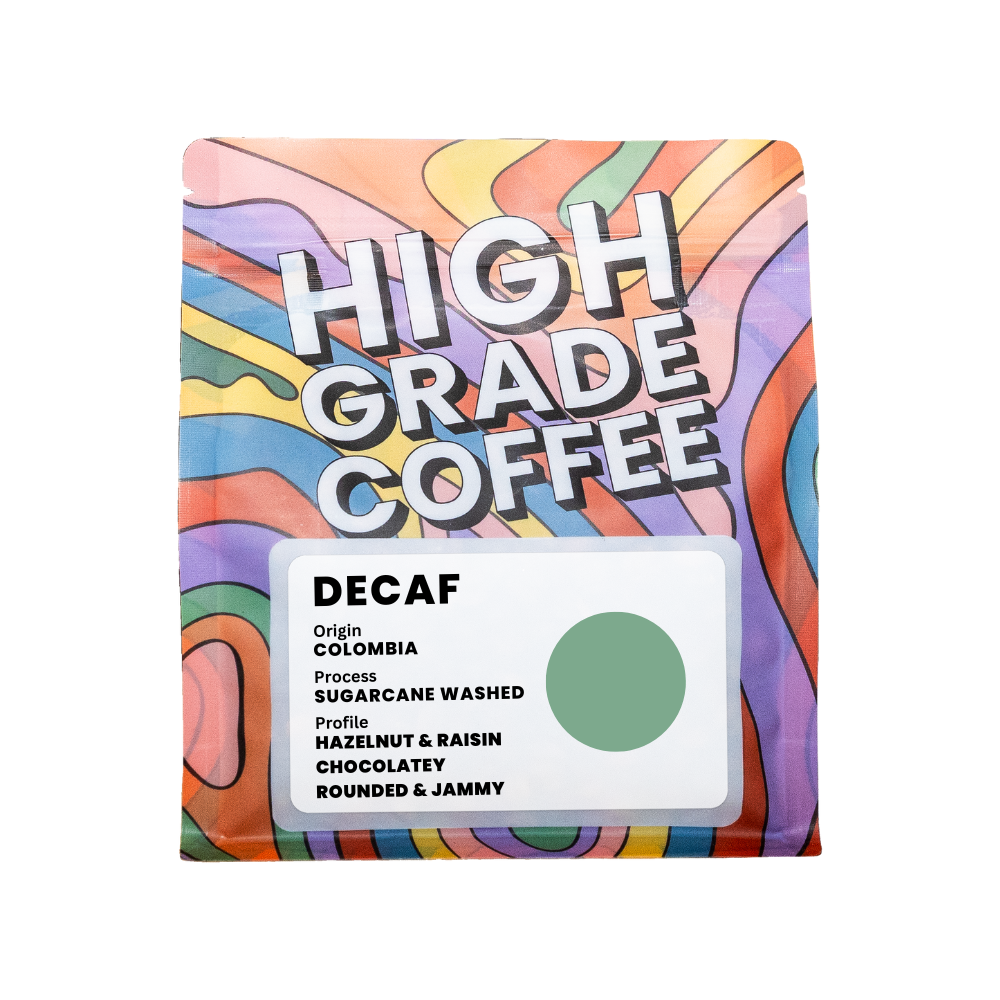
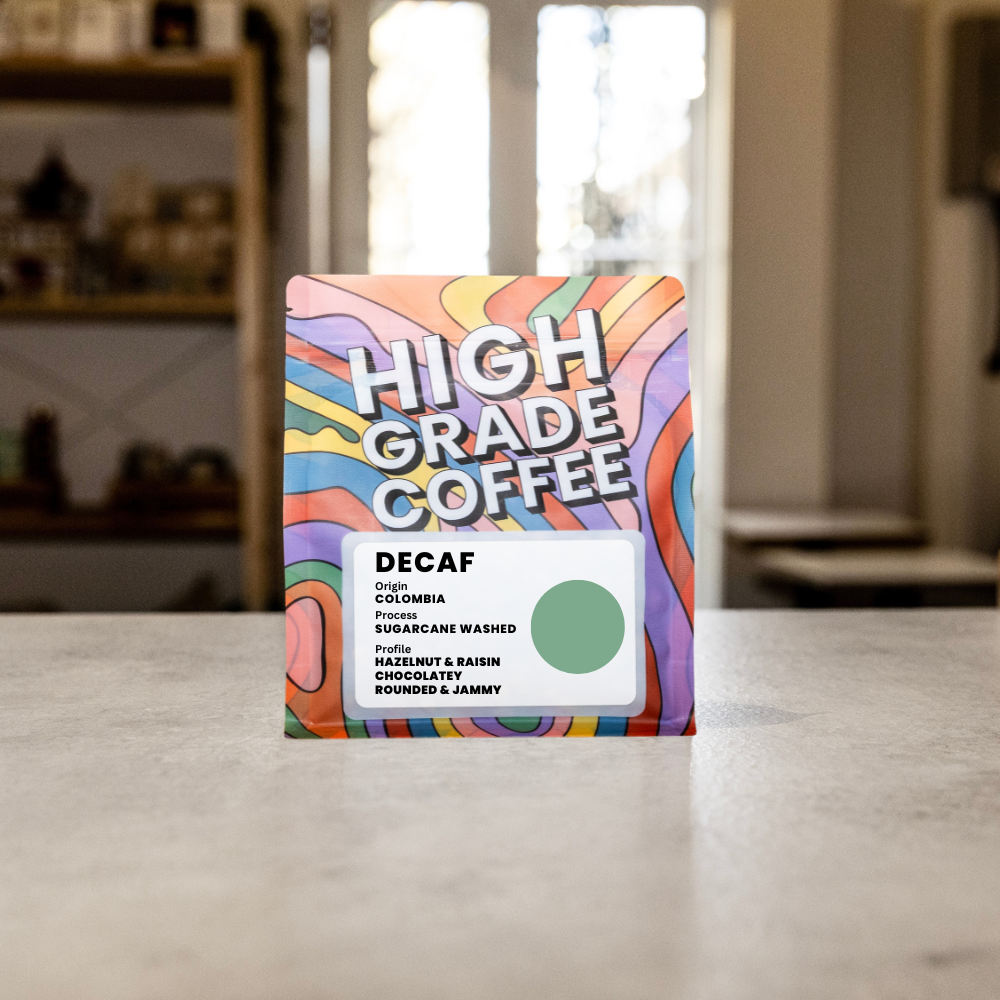
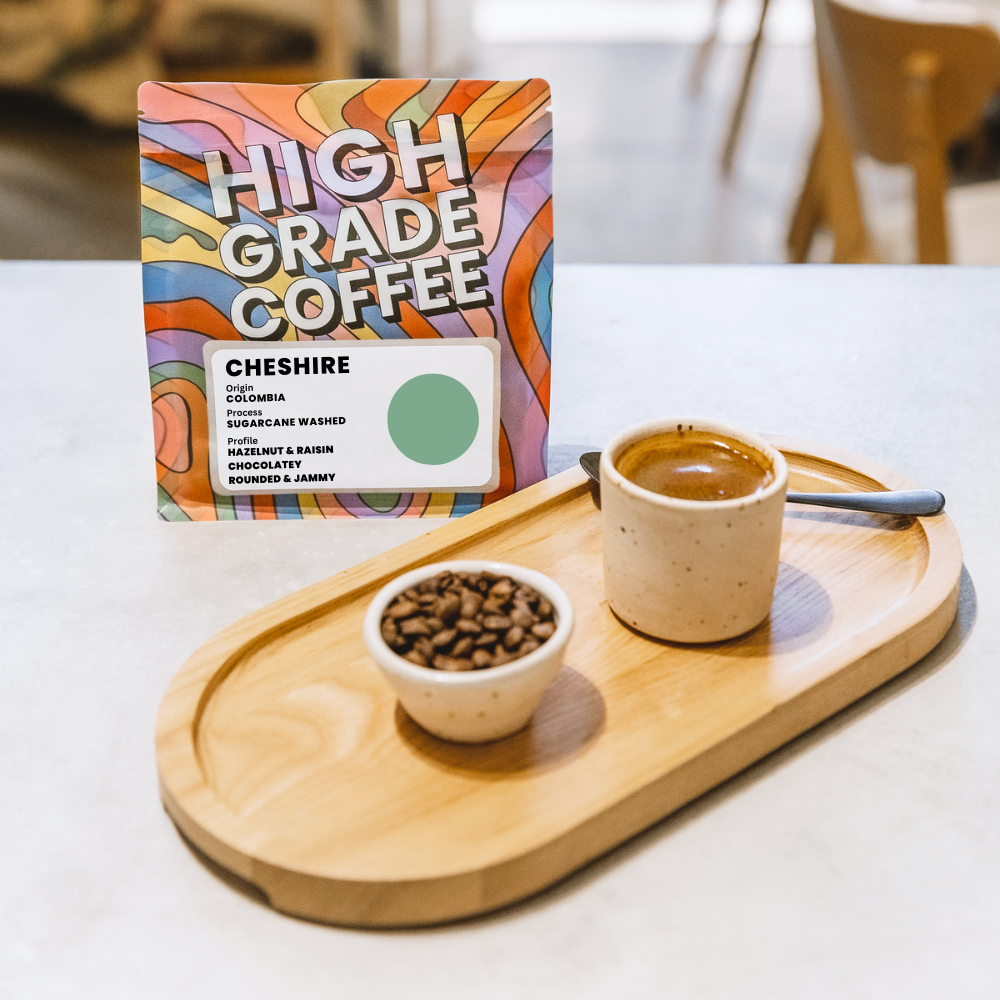
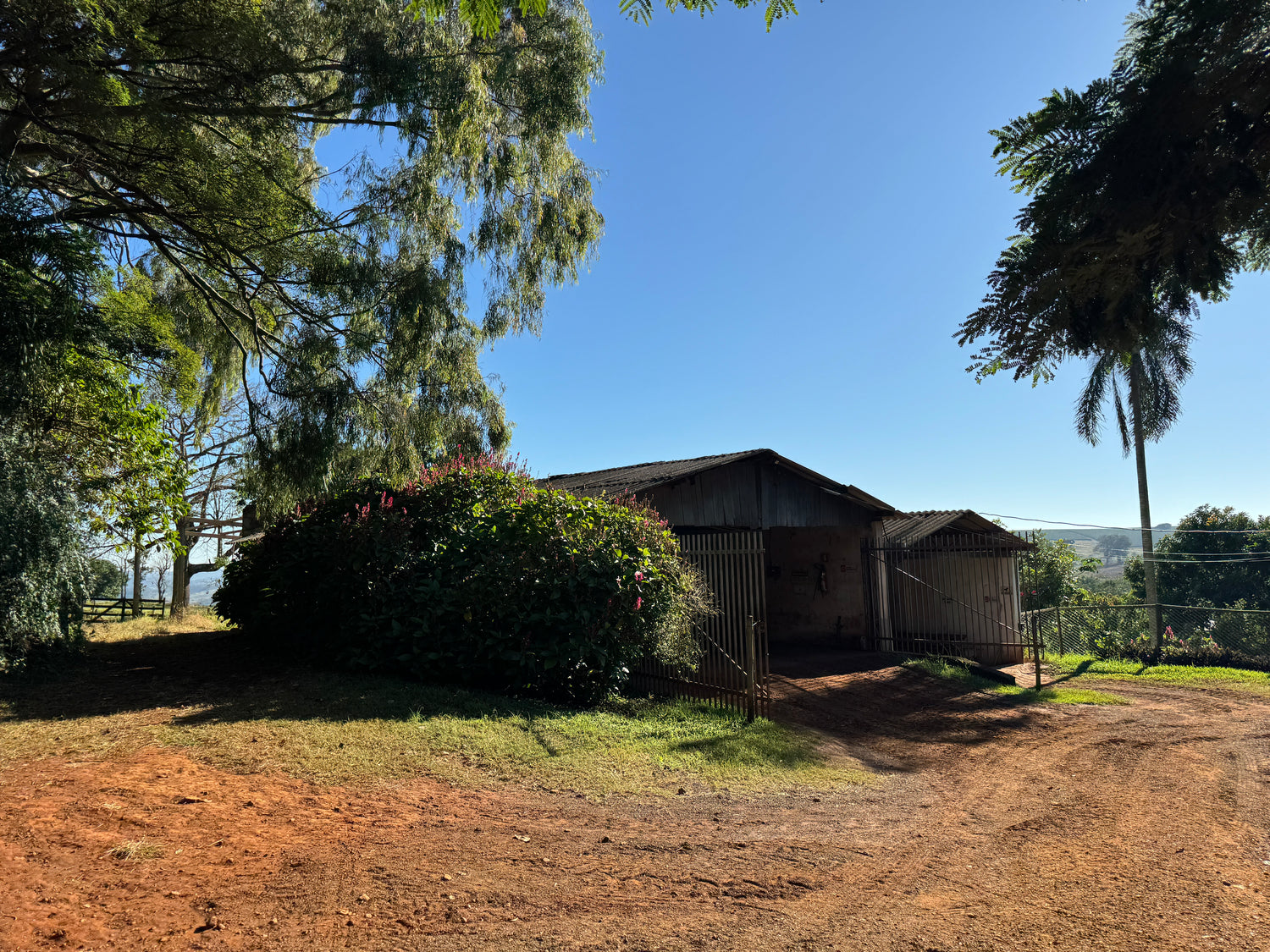
a bit about the bean
Decaf coffee
El Buho (The Owl) is a decaffeinated Colombian coffee sourced from farmers in the Huila and Tolima regions.
It was important to us to use a coffee that we would be just as happy to serve if it were processed using a traditional (non-decaf) method. Containing all the same qualities and high standards that we adhere to when sourcing an offer.
It's processed using a washed method, that derives ethyl acetate from fermented sugarcane molasses and is decaffeinated using a natural alternative to traditional chemical methods.
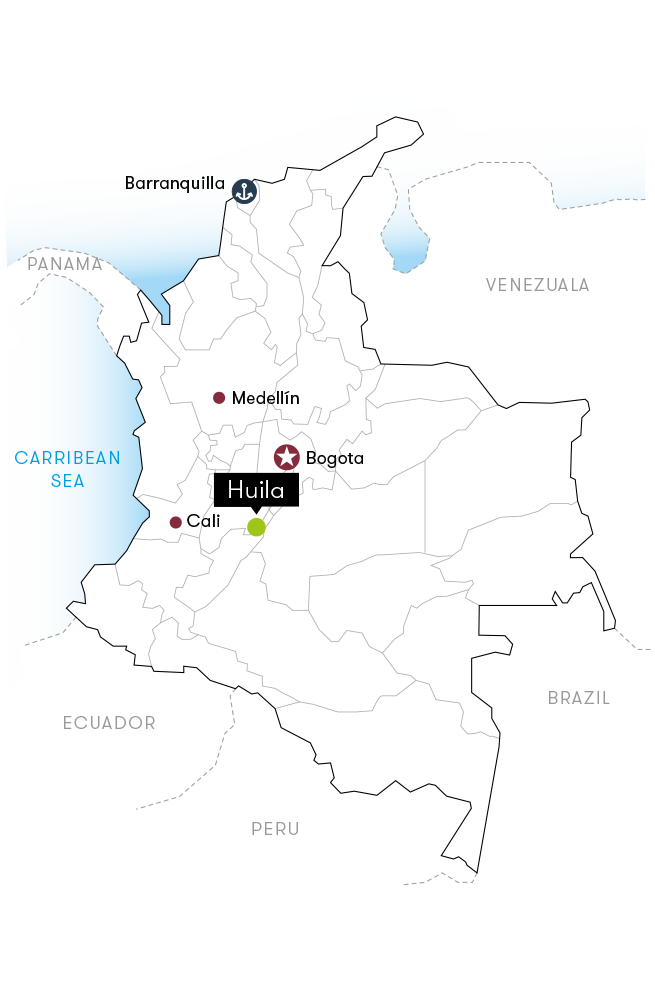
a bit about the region
Colombian coffee
Coffee's introduction to Colombia is believed to have occurred in the early 17th century, likely brought by priests. Initially, it was grown as a garden crop for local use.
The story of Father Francisco Romero, a priest from Salazar de la Palmas, is often associated with the start of commercial coffee cultivation in Colombia. According to folklore, in the early 1800s, he assigned coffee planting as penance for his parishioners' sins. Upon hearing this, the Archbishop of Colombia encouraged all priests to adopt the practice. This led to a rapid expansion of commercial coffee production in Colombia's ideal growing regions.
Huila and Tolima are two regions in Colombia renowned for producing some of the country's finest coffee. Both Huila and Tolima are high altitude coffee growing areas, which are ideal for producing coffee beans with a bright acidity and complex flavours.
In combination with volcanic soils in these regions, which are rich in nutrients, provide an ideal and fertile environment for coffee plants.
Huila and Tolima offer diverse microclimates, allowing for the cultivation of a wide range of coffee varieties with distinct characteristics.season that helps in the maturation of coffee cherries, and a soil that is fertile, with good drainage, contributing to the health of coffee plants.
Flavour Profile: Coffees from this region are often known for their nutty, caramel, and chocolate notes, with a balanced acidity and medium to full body.
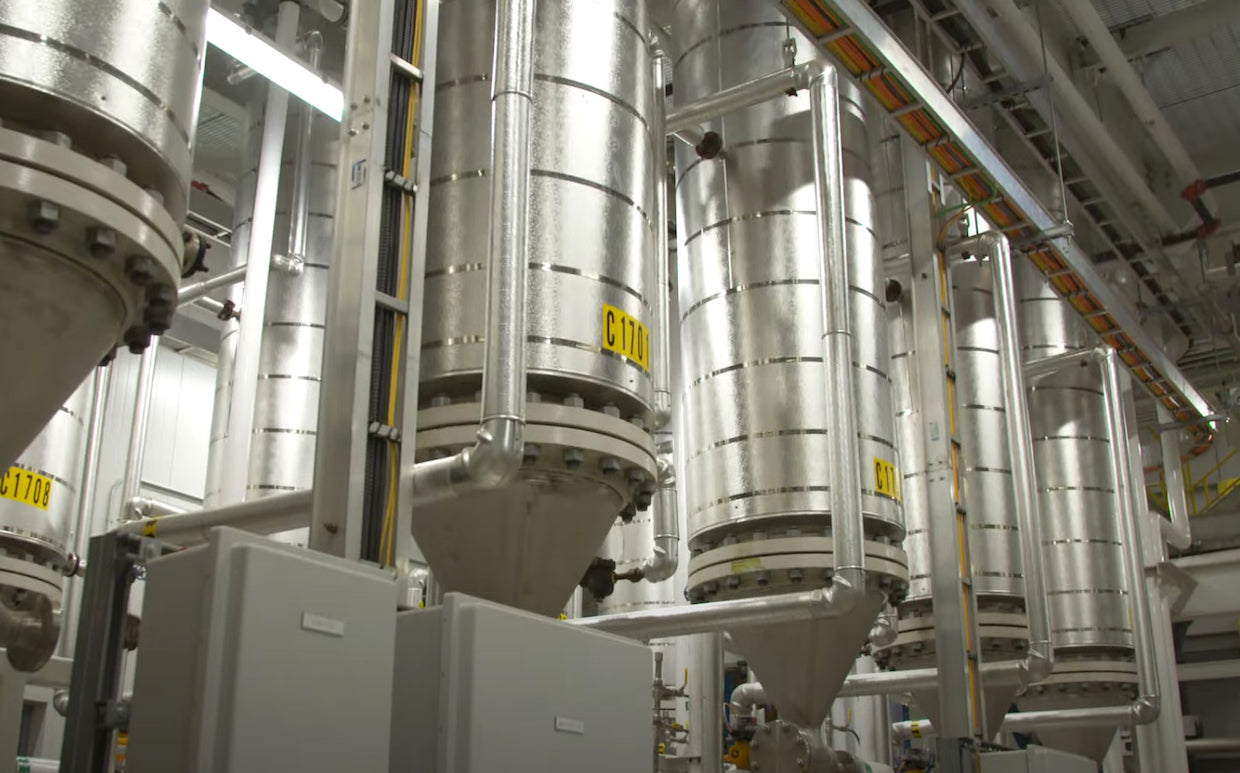
a bit about the processing
Washed 'sugarcane' process
Ethyl acetate decaffeination, often referred to as the "sugarcane method," is a process that uses high mountain spring water and naturally derived Ethyl acetate.
Ethyl acetate is naturally present in coffee cherries, as well as other fruits and vegetables. In this case the ethyl acetate has been processed from fermented sugarcane molasses, hence the sugarcane name.
This method of decaffeination involves soaking the beans in a solution of spring water ethyl acetate.
The beans are initially steamed to open their pores, then repeatedly rinsed with the EA solution to remove caffeine.
After drying to 10-12% humidity, they are sealed with a neutral wax that doesn't affect the coffee's flavour or aroma.
This water & EA process gently extracts caffeine while avoiding excessive heat or pressure, preserving the coffee bean's natural structure and characteristics.





